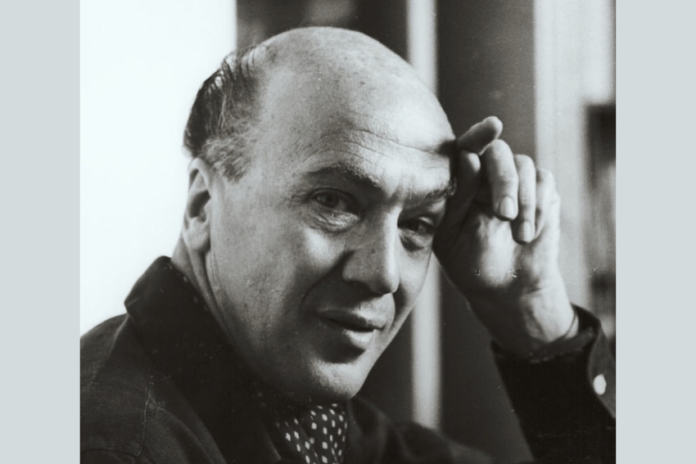Bold colors, straight lines and clean walls. These are some of the key features used by Luis Barragán, one of the most prominent architects of the 20th century who revolutionized Mexican architecture of the time.
Today, Barragán’s iconic collection of homes is symbolic of Mexico’s coolest neighborhoods, with many becoming art galleries and hotels as his legacy of simple design lives on.
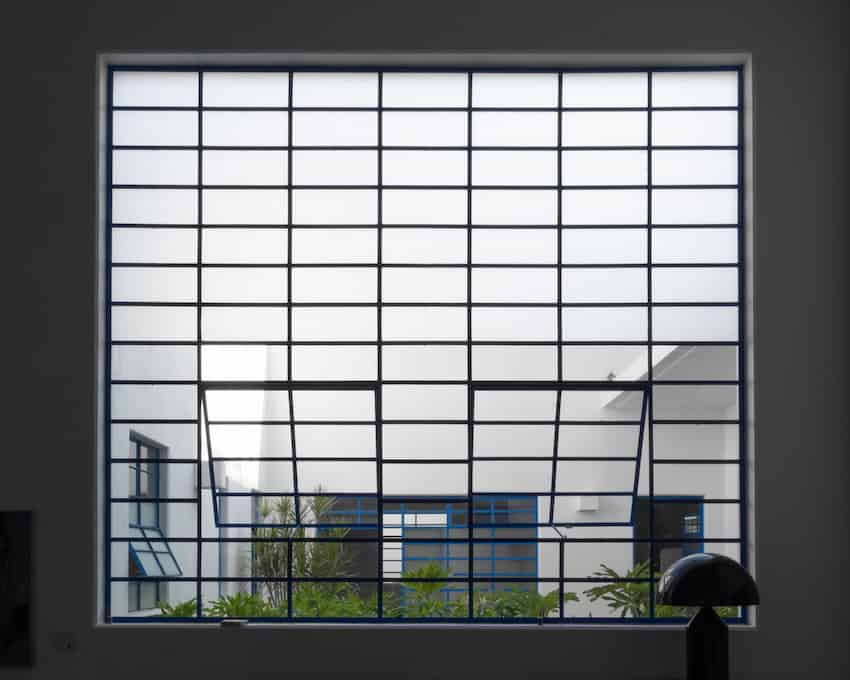
Who was Luis Barragán?
Born in Guadalajara, Jalisco, in 1902 to a prosperous Catholic family of hacendados (landowners), Luis Barragán is the only Mexican to have won the Pritzker Prize, the highest award given to an architect.
Although his international fame came after he settled in Mexico City, where he lived until his death in 1988, his early life in Guadalajara and the time spent in his family’s haciendas in the countryside played an essential role in shaping the architect’s style.
“My work chronicles my father’s ranches during my childhood and adolescence. I strive to modernize them while preserving the enchantment and nostalgia of the past,” Barragán once said.
“The lessons contained in the popular architecture of the Mexican provinces have been a source of permanent inspiration for me: its whitewashed walls; the tranquility of its patios and orchards; the color of its streets and the humble grace of its plazas surrounded by shady portals.”
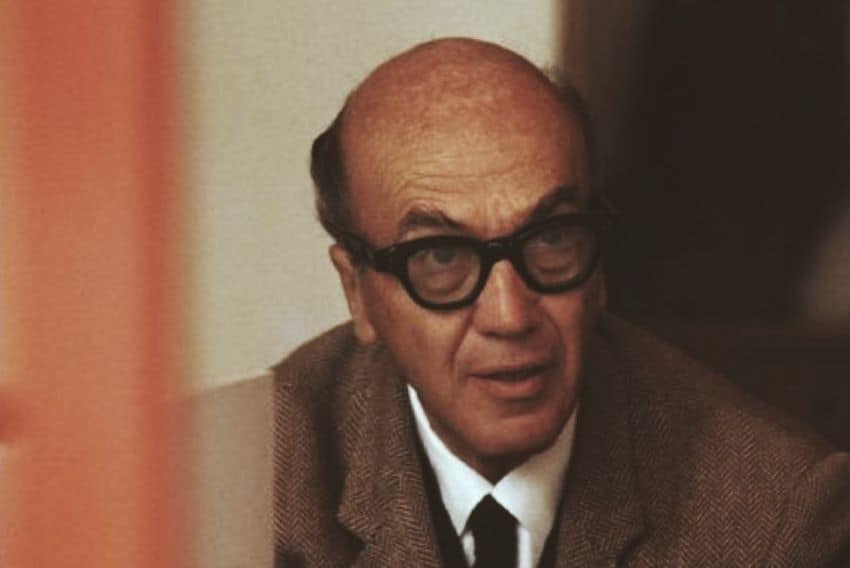
His travels in Europe also influenced his work. After graduating as a civil engineer and architect in 1923, he journeyed for two years through the continent, learning about the prevailing urban and architectural planning of the time.
In Paris, he was introduced to the Art Deco movement, and while in Granada’s Alhambra, he recognized characteristic elements of Mexican architecture, such as high walls, small windows, interior gardens, and inward-facing houses.
Upon returning to Mexico from Europe, Barragán’s style flourished in the homes he designed in Guadalajara between 1927 and 1934, during the early years of his career, largely as a response to the popular Tapatío design movement of the time.
While not internationally renowned, these residences established the aesthetic that would later be apparent in Barragán’s further works — a style that would later earn his Mexico City residence, Casa Estudio Luis Barragán, recognition as a UNESCO World Heritage Site.
The list is organized in chronological order. If you would like to walk the route and see these buildings for yourself, follow our guide to the Barragán Route.
The Barragán Route
Here is a list of Baragán’s most memorable designs in Guadalajara, known as the Ruta Barragán. Most are in or close to the Colonia Americana, voted Time Out’s 2022 “coolest neighborhood in the world.”
Casa Robles León, 1927
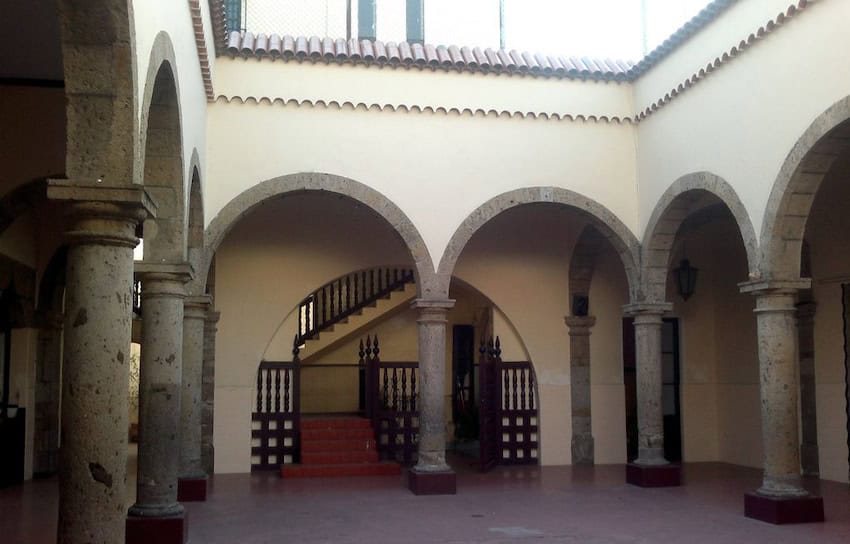
Barragán’s first project was restoring a private residence on Madero Street, owned by Emiliano Robles León.
Even though it was a renovation of an existing property, Luis Barragán, who was only 25 years old, started to showcase his distinctive style in this house.
The house’s exterior boasts eclectic architectural features from the 19th and 20th centuries, while the interior features Moorish and Mediterranean elements in the stairs, new arches and roof. The design also draws inspiration from Ferdinand Bac’s work.
Robles León commissioned more work from young Barragán, helping him develop his talent before settling in Mexico City.
Casa González Luna, 1928
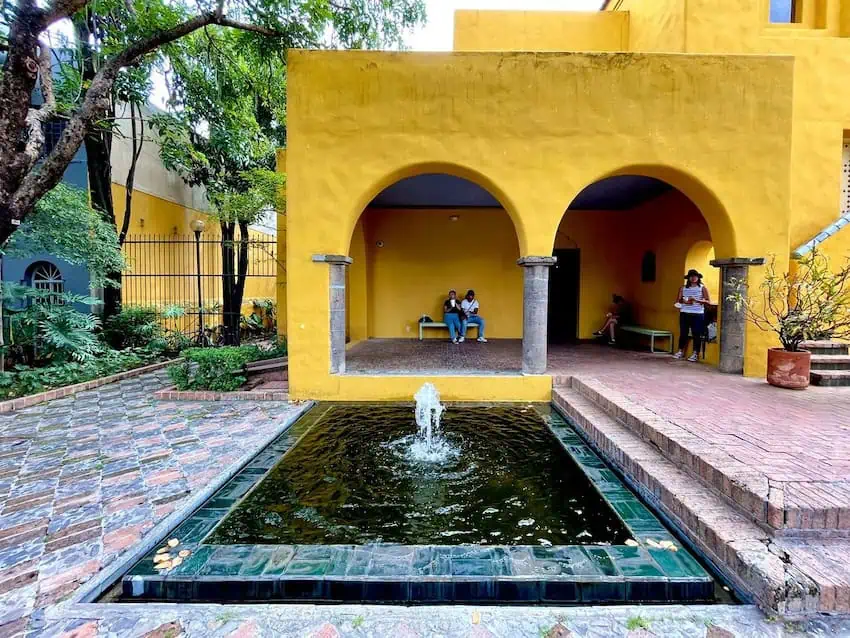
In 1929, Barragán received a commission to design the residence of Efraín González Luna, a prominent Mexican lawyer and politician in Guadalajara.
The house is particularly noteworthy for its spaciousness combining Arab and Andalusian elements with inspiration from local architecture. This house reflects Barragán’s early exploration using the placement and sizing of openings to create intimacy.
Declared an Artistic Monument of the Nation by the Ministry of Culture (Conaculta) and the National Institute of Fine Arts (INBA) in 2006, the house is now the Casa ITESO Clavigero Cultural Center.
Casas Robles Castillo, 1928
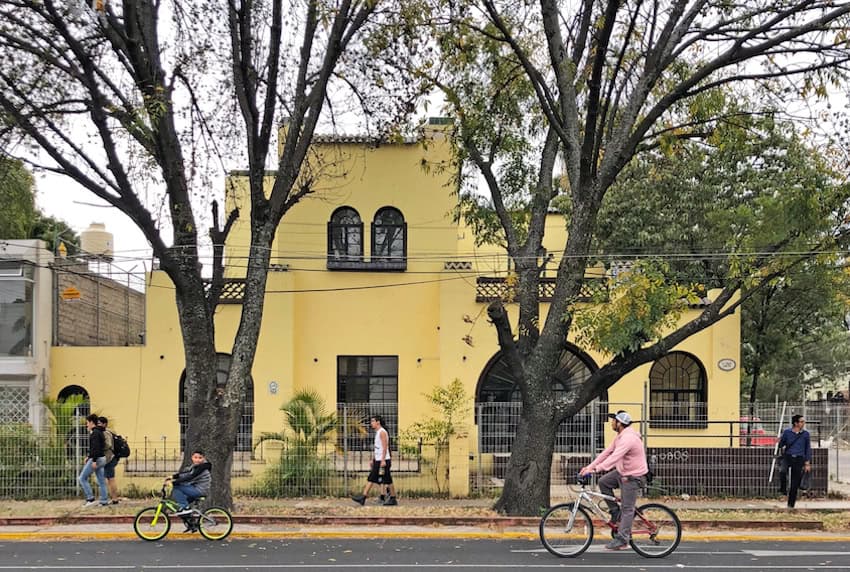
One of the architectural gems of Guadalajara, this residence at the corner of Vallarta Avenue and Argentina Street was the first house built by Barragán. He designed it in 1926 — he was 24 years old — and completed it in 1928. It includes two houses, which Robles Castillo commissioned for rental purposes.
The property was declared a Building of Relevant Artistic Value in the Cultural Heritage Inventory of Jalisco and showcases the fundamental principles of Barragán’s work.
Through this design, Barragán distanced himself from the trend of designing French-style estates that had been prevalent since the late 19th century and instead incorporated Mediterranean design elements blended with features of Mexican architecture and locally sourced materials.
Casa Cristo, 1929
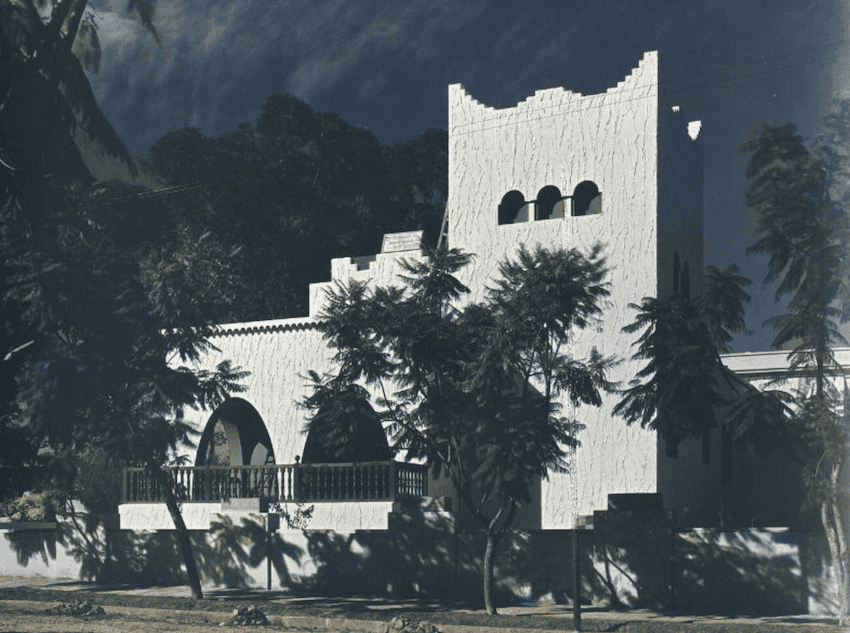
In 1929, Gustavo R. Cristo, then municipal president of Guadalajara, commissioned Barragán to build his house.
Casa Cristo is known for its striking Moorish-style designs, characterized by bold colors, stylized arches and the prominent use of tiles on walls, ceilings, and cornices. This early work of Barragán is notable for his mastery of color and light, and the seamless continuity of exterior and interior spaces from the porch to the rooftops.
Casa Cristo currently serves as the headquarters of the College of Architects of the State of Jalisco.
Casa Franco, 1929
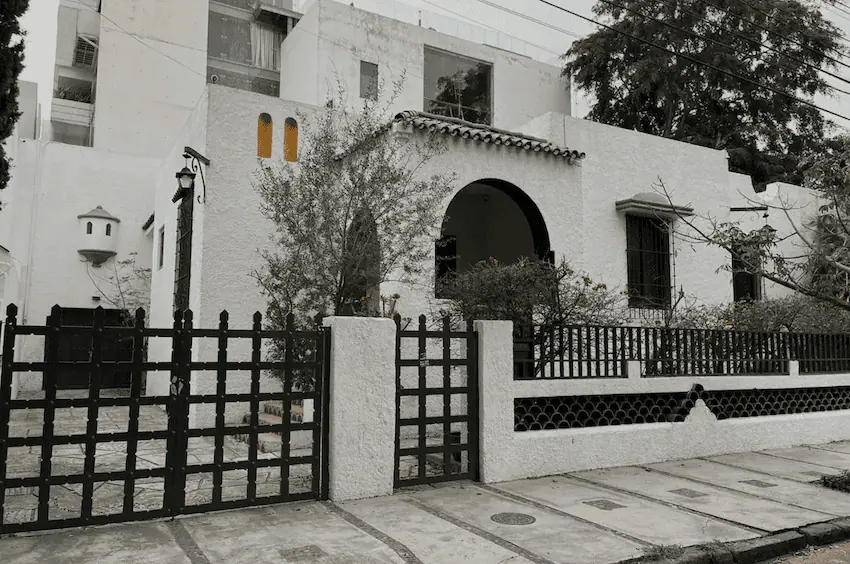
This house, situated in Colonia Americana, is one of Barragán’s most Moorish-influenced works, which can be seen in the design of the doors, carpentry and patios. The superb control of light, one of Barragán’s staple aesthetics, is also notable in this residence.
If you want to take the opportunity to stay in the Casa Franco, it is now an Airbnb.
Casa Estudio José Clemente Orozco
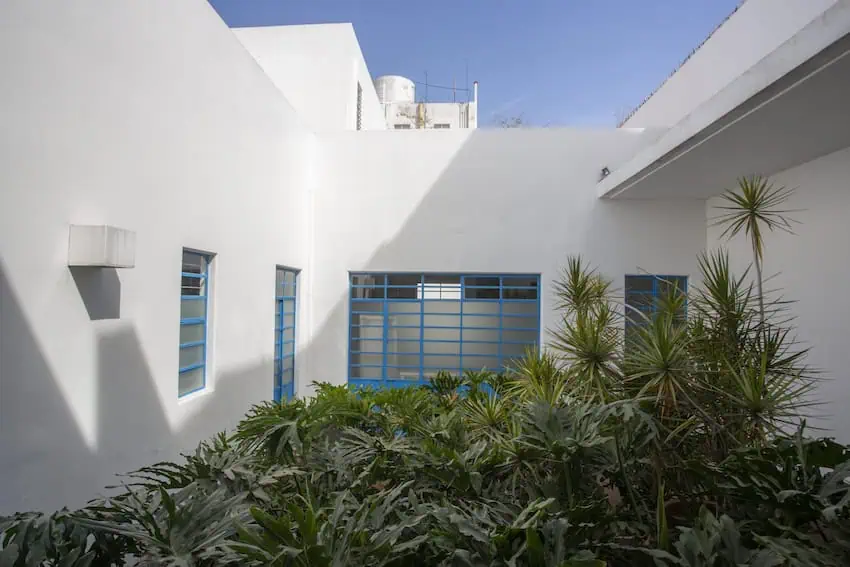
This is Barragán’s most modern house in Jalisco’s capital, designed for muralist José Clemente Orozco.
Featuring a small raised front garden, this property creates a subtle but decisive separation from the sidewalk to create intimacy, a distinctive feature of Barragán’s work.
Casa Orozco is a great work of modern architecture said to have been a creative collaboration between two of Jalisco’s greatest artists — Orozco and Barragán.
The house is currently the home of the Sala Silenciosa Gallery.
Casa Robles León, 1934
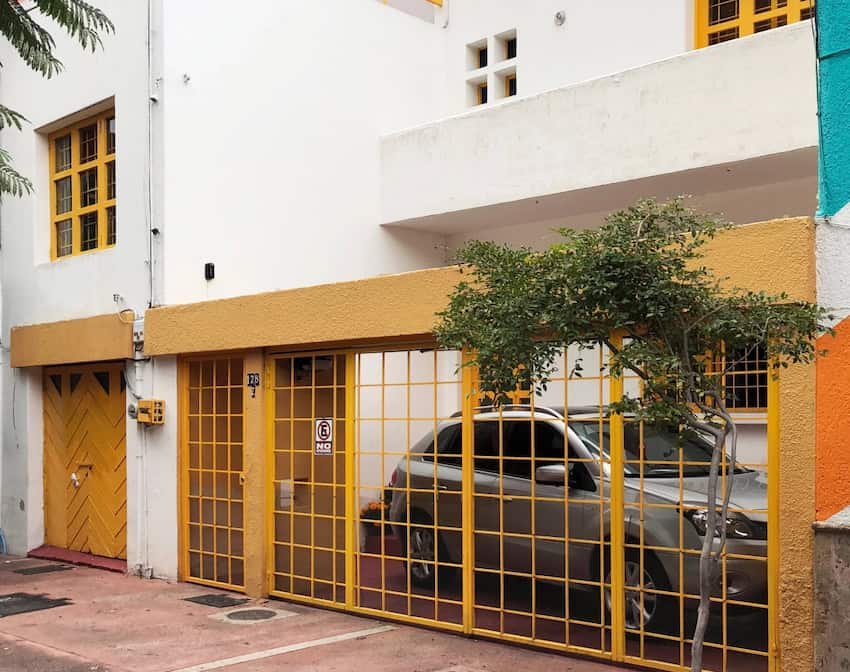
Commissioned by Robles León as well, this house faces Parque Revolución, which was also designed by Barragán (although it has since been partially demolished).
Casa Robles was one of the last residential works of Barragán in Guadalajara before he moved to Mexico City.
Other notable works by Barragán
Barragán helped design several public spaces in Guadalajara, including the Calvario Temple in Jardines del Bosque, for which he refused to take credit because it was built with alterations to Barragán’s original project.
Barragán primarily worked in Mexico City, Guadalajara, Monterrey and other cities across the country. He has additional works in the United States in California, Florida, Texas, New York and Illinois.
Gabriela Solis is a Mexican lawyer turned full-time writer. She was born and raised in Guadalajara and covers business, culture, lifestyle and travel for Mexico News Daily. You can follow her lifestyle blog Dunas y Palmeras.
